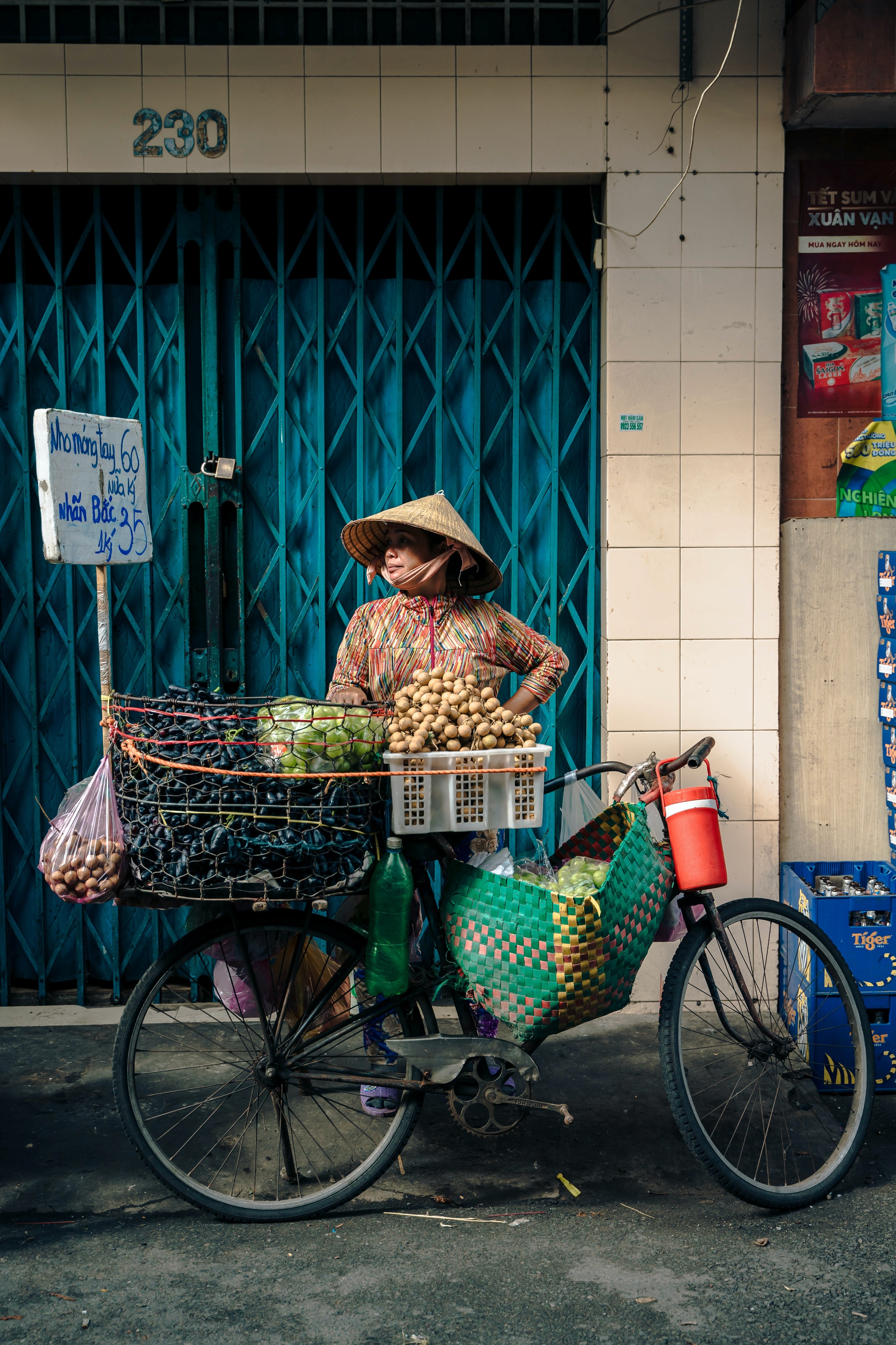The Science of Coffee Roasting
28 Feb 2022

A perfect cup of coffee is not merely the result of quality beans; it's also a product of the science behind the roasting process. Coffee roasting is an intricate art that demands precision, expertise, and a deep understanding of chemistry. In this article, we delve into the science of coffee roasting and explore how it unlocks the full flavor potential of every bean, resulting in a rich and flavorful coffee experience.
Roasting coffee beans is a meticulous process that involves exposing green coffee beans to carefully controlled heat. During roasting, several chemical reactions occur within the beans, transforming their flavor, aroma, and color. The duration and temperature of the roasting process are critical factors that influence the final flavor profile.
As the beans heat up, they undergo a series of chemical changes. One of the most important reactions is the Maillard reaction, where amino acids and reducing sugars interact, creating a range of flavors and aromas. The longer the roast, the more complex and robust the flavors become. However, there's a delicate balance; too much roasting can result in bitter or burnt notes.
Another crucial factor is the degree of roast, which can vary from light to dark. Light roasts tend to preserve the intrinsic flavors of the coffee origin, showcasing the bean's natural characteristics. Medium roasts strike a balance, offering a combination of origin and roast flavors. Dark roasts, on the other hand, develop bold, smoky, and caramelized notes.
Ultimately, the science of coffee roasting is an intricate dance of time, temperature, and chemical reactions. Roasters must carefully monitor these variables to bring out the best in each bean. The result is a cup of coffee that not only tantalizes the taste buds but also carries the expertise and craftsmanship of the roaster.



